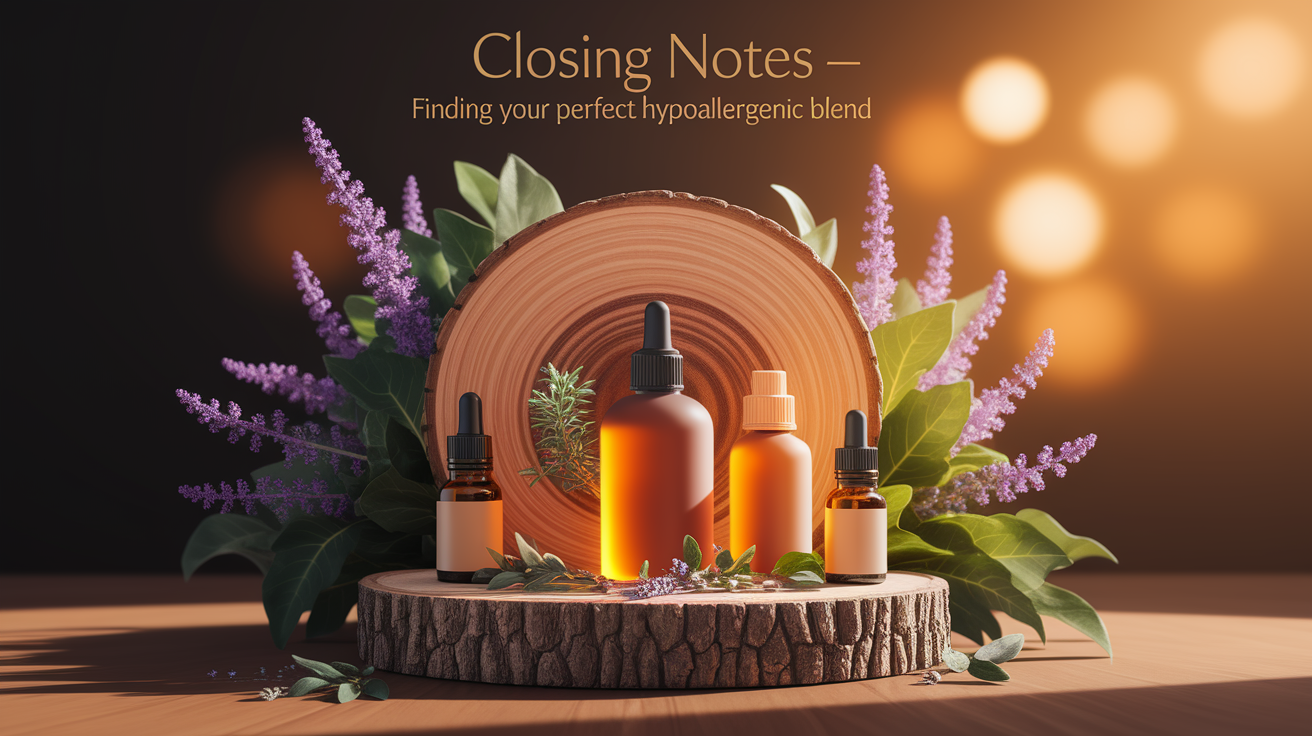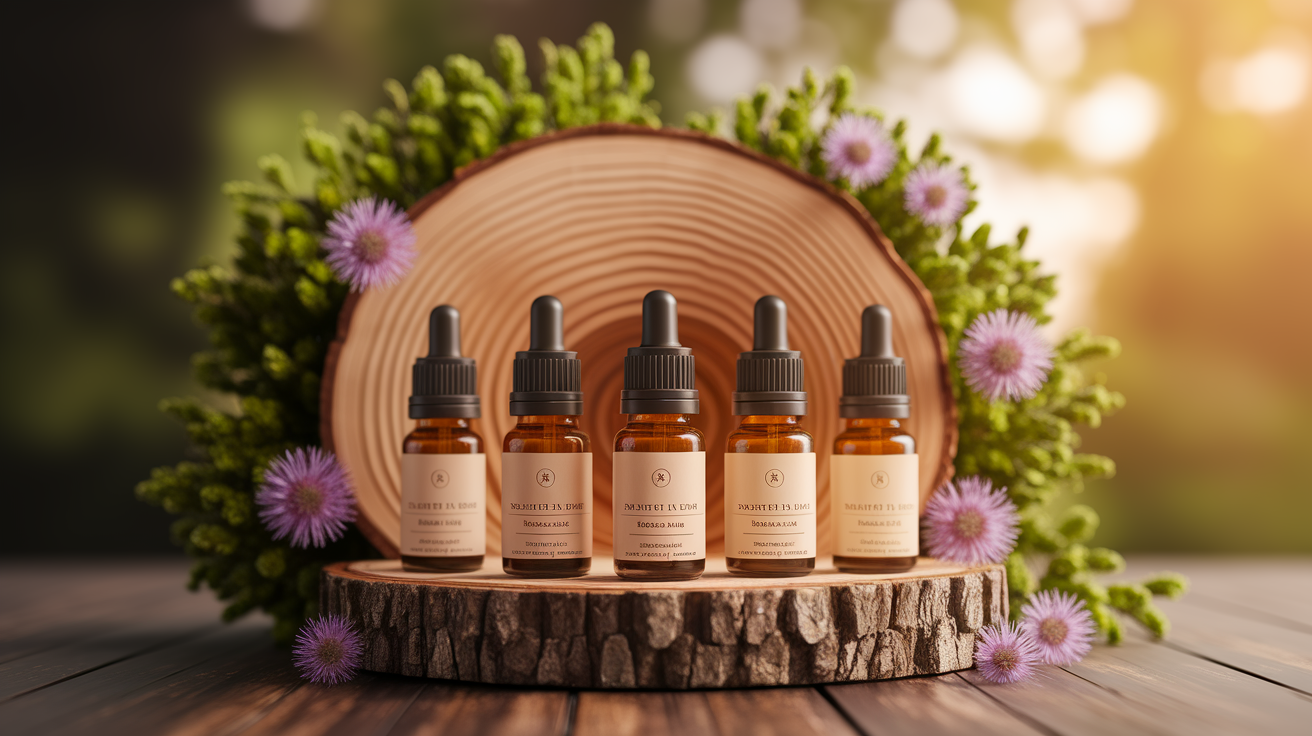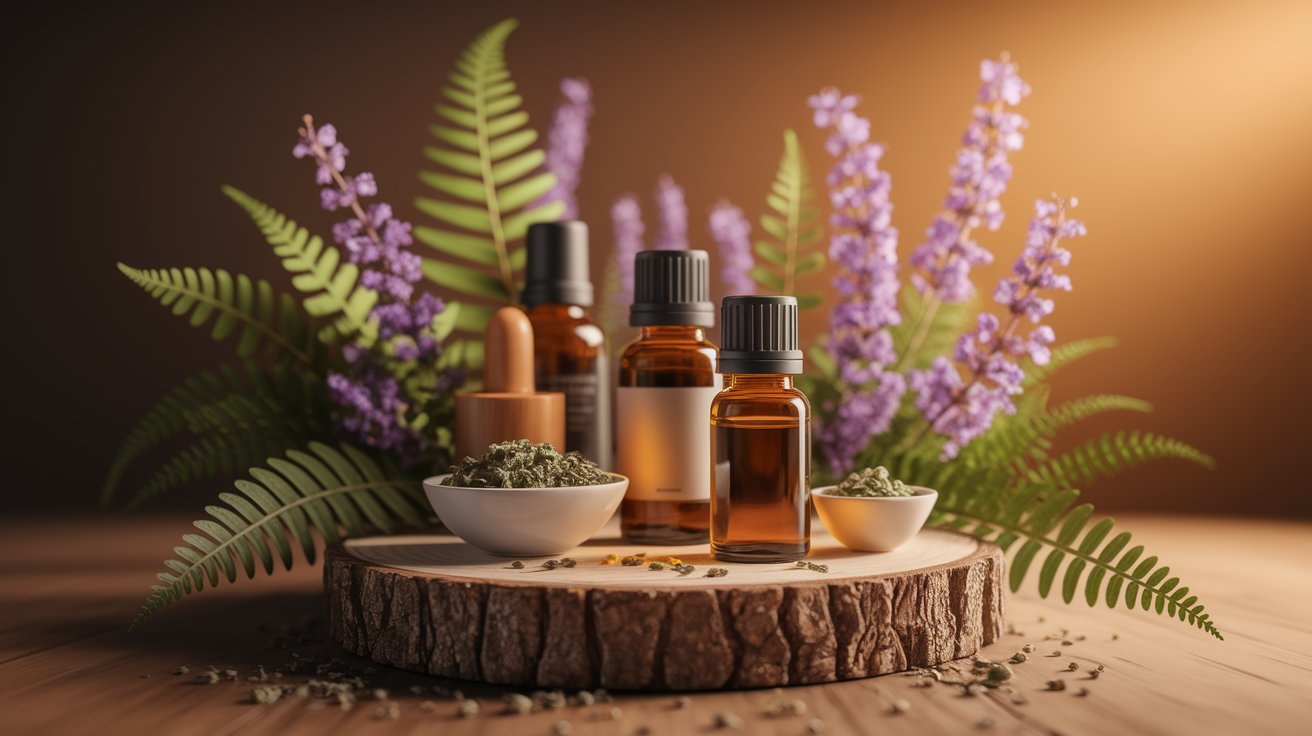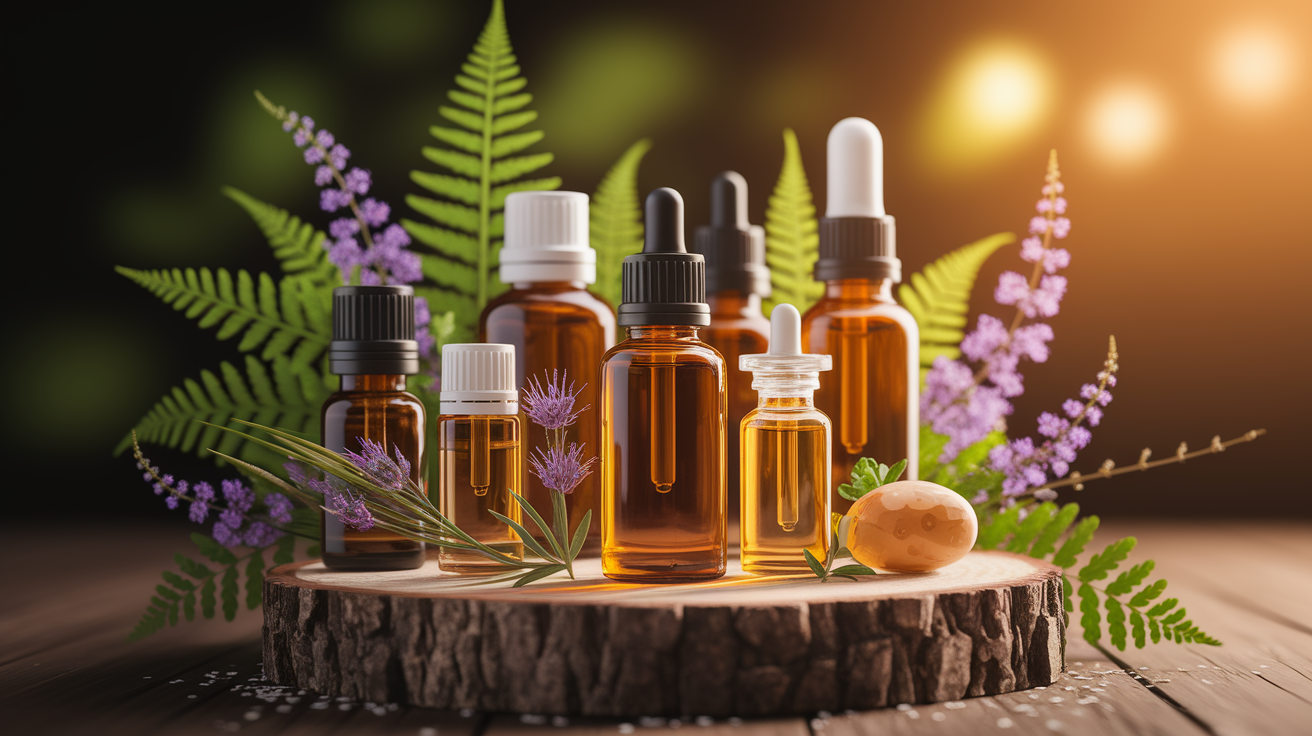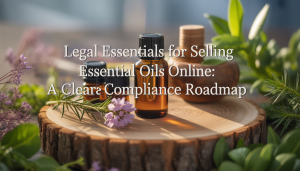Opening the Door to Allergy-Safe Scents
I can still remember the first time I realized that not all beautiful scents play nice with our skin or sinuses. One moment I was basking in the aroma of a new blend, the next I was rubbing at a patch of redness on my arm. It’s funny how something as natural as an essential oil can still spark an unwelcome reaction. That’s when the idea of hypoallergenic essential oil blends really clicked for me — gentle aromatherapy made for those of us who love fragrance but don’t want the itchy, sneezy aftermath.

These blends are all about reducing the risk of irritation while keeping their soothing, uplifting, or energizing personalities intact. They skip over the usual suspects known for triggering sensitive skin or respiratory flare-ups, focusing instead on mild essential oil formulas and allergen-free diffuser blends that still feel luxurious. It’s the balance between safety and sensory joy that makes them such a game-changer for anyone with fragrance sensitivity.
Core Ingredients in Hypoallergenic Blends
I’ve seen certain oils pop up again and again in allergy-free oil blends because they’re like the “good guests” at the party — they mingle well without causing trouble. Lavender, for instance, is a superstar thanks to its calming and anti-inflammatory nature, and yet it’s so mild it’s often part of dermatologist-approved oils. Then there’s frankincense, bringing a grounding, almost meditative vibe while also supporting the body’s calm response to irritation.

Sandalwood is another favorite, smooth and woody, and a gentle friend when nasal symptoms come knocking. Lemon earns its place with an uplifting scent that rarely ruffles sensitive skin. Sometimes eucalyptus sneaks in for congestion relief, but I’ve noticed it can be a bit too assertive for some noses.
When chosen thoughtfully, these ingredients become the heart of skin-safe aromatherapy — delivering therapeutic grade oils with less risk of essential oil allergies.
Best Practices for a Truly Hypoallergenic Blend
The magic isn’t just in the oils themselves; it’s also in how they’re treated and combined. You want organic essential oil blends wherever possible, steering clear of synthetic additives that can be the real troublemakers. I’ve learned that patch testing essential oils before going big with them on skin is priceless. A tiny dab, a 24-hour wait — and you dodge a lot of potential drama.
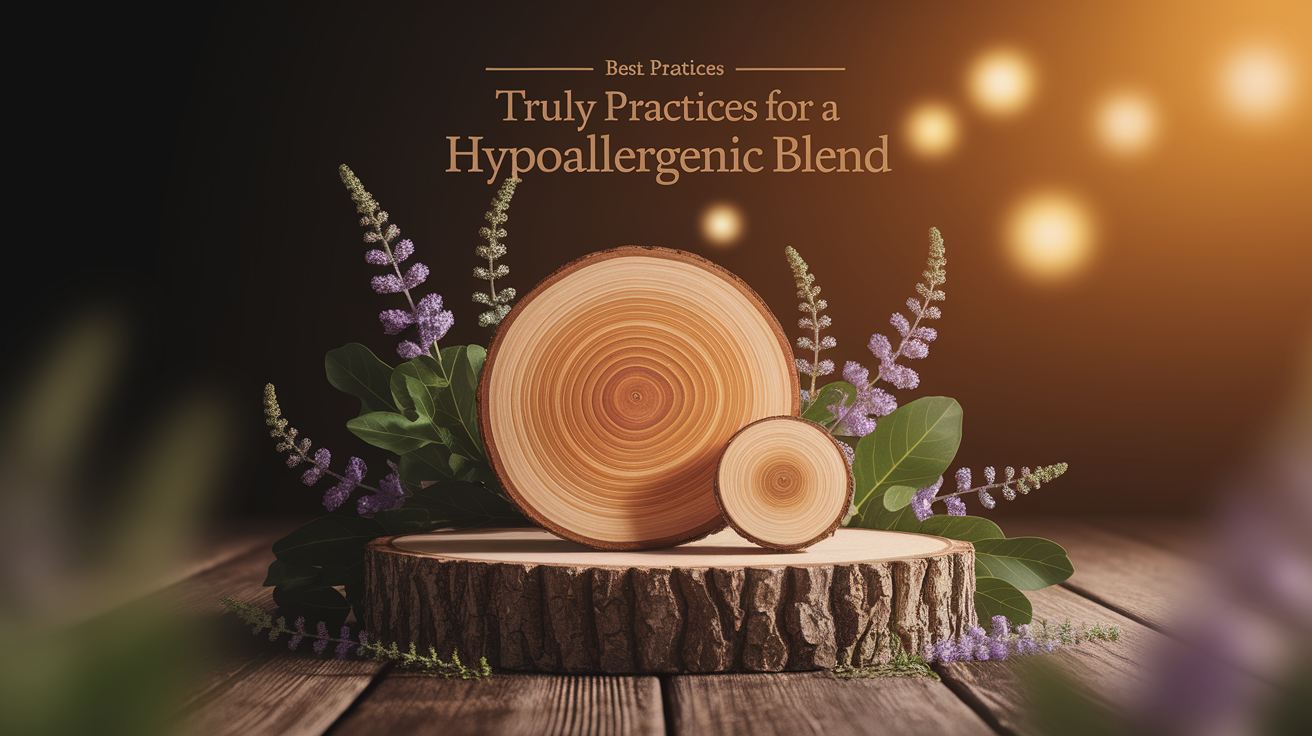
Dilution is another must. Mixing those precious drops into a carrier oil keeps the skin-safe promise strong. And storage? Oh, don’t underestimate it. Exposure to air and light can oxidize oils, making them more likely to cause contact dermatitis. Choosing oils with transparent botanical names and batch-specific purity reports adds an extra layer of safety.
Aromatherapy safety is as much about respecting their potency as it is about enjoying their beauty — the difference between a welcome scent and an unwelcome rash often comes down to preparation.
Benefits, Evidence, and Safety Considerations
Here’s where it gets interesting: while science is still catching up, small studies and plenty of real-life experiences suggest that certain mild essential oil formulas — sandalwood, frankincense, even the gentle waft of Ravensara — may ease symptoms like nasal congestion or discomfort from seasonal triggers. Lavender has even shown in lab settings that it can influence immune responses linked to inflammation.

But let’s be clear, hypoallergenic essential oils aren’t a cure or a replacement for medical treatment. They’re more about offering a gentle, sometimes surprisingly effective companion for wellness. Some folks find their breathing easier, their mood lifted; others simply enjoy the peace of knowing they’re using non-irritating essential oils at home without the sniffles.
The catch? Even the mildest blend can disagree with someone’s biology. That’s why patch tested essential oils and smart dilution ratios aren’t just “nice ideas” — they’re essential steps in keeping aromatherapy safe and enjoyable.
Closing Notes—Finding Your Perfect Hypoallergenic Blend
When it comes down to it, the hunt for your ideal fragrance-free blend is part science, part personal adventure. You pay attention to your skin’s whispers, your nose’s subtle cues, and maybe even that tiny flutter of joy when a scent just feels right. Whether it’s an organic hypoallergenic essential oil combination for your diffuser or a mild topical mix you’ve made yourself, the best hypoallergenic essential oil blends for sensitive skin feel like a quiet celebration — a scent story that’s yours to keep, without any of the drama.
